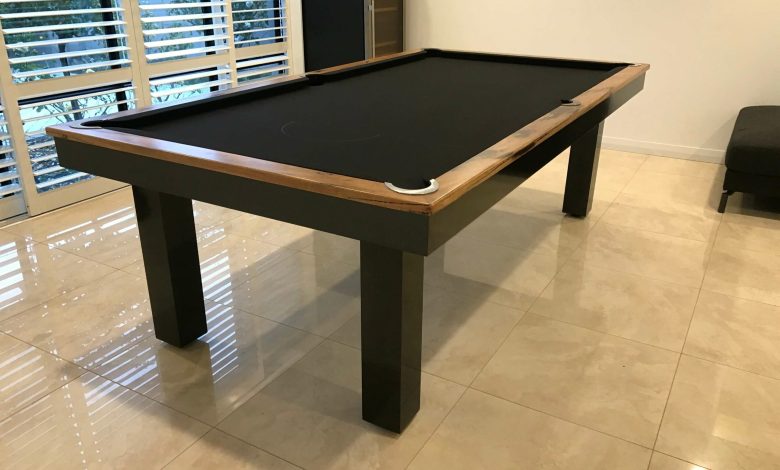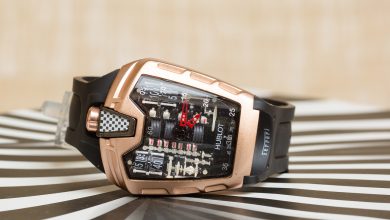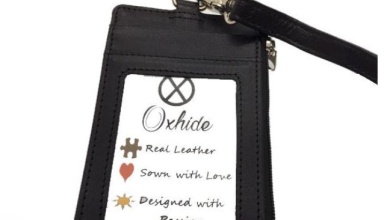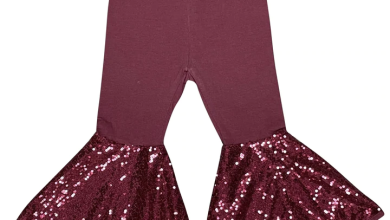How Can You Tell A Quality Pool Table?

When it comes to buying a pool table, the difference between a high-quality table and a mediocre one can significantly impact your playing experience. Whether you’re a casual player or a serious enthusiast, understanding how to tell a quality pool table is essential. In this comprehensive guide, we will delve into the various factors that contribute to the quality of a pool table, helping you make an informed decision.
What Makes a Pool Table Quality?
The Importance of the Playing Surface
The playing surface is arguably the most critical component of a pool table. A quality pool table typically features a slate playing surface, as opposed to wood or MDF (medium-density fiberboard). Slate provides a perfectly flat, smooth, and durable surface, ensuring consistent ball roll and accuracy.
Why Slate Matters
Durability: Slate is incredibly durable and can withstand heavy use without warping or deteriorating.
Flatness: High-quality slate is machined to be perfectly flat, providing a reliable playing surface.
Consistency: Slate maintains its shape and surface quality over time, unlike wood, which can warp due to humidity changes.
Frame and Construction Quality
The frame of a pool table plays a crucial role in its overall stability and longevity. A high-quality pool table features a solid, robust frame constructed from hardwoods such as oak, maple, or mahogany.
Key Frame Features
Material: Look for hardwood construction, which offers superior strength and durability compared to softwoods or composite materials.
Joint Construction: Quality tables use mortise and tenon joints or dowels for frame assembly, ensuring a strong and stable build.
Leveling System: A good pool table will have an effective leveling system to ensure the playing surface remains perfectly horizontal.
The Role of Cushions and Rails
Cushion Material and Performance
The cushions, or bumpers, are another vital component of a pool table. They affect the rebound and speed of the balls. High-quality tables use cushions made from natural gum rubber, which provides excellent elasticity and durability.
Characteristics of Good Cushions
Elasticity: Natural gum rubber cushions provide a consistent rebound, crucial for accurate gameplay.
Longevity: These cushions retain their elasticity and performance over time, unlike synthetic materials that can harden and degrade.
Attachment: Cushions should be securely attached to the rails using high-quality adhesives or mechanical fasteners to prevent them from coming loose.
Rail Construction and Attachment
The rails, which the cushions attach to, also play a significant role in the table’s performance. Quality rails are made from hardwood and are firmly attached to the table’s frame.
Features of Quality Rails
Material: Hardwood rails offer better resistance to dents and damage compared to softer woods or composite materials.
Attachment Method: Rails should be bolted to the table frame, not just screwed or nailed, ensuring a solid and stable connection.
Consistency: Properly constructed rails provide consistent and accurate ball response, enhancing the overall playing experience.
Conclusion: Recognizing a Quality Pool Table
In this first part of our guide, we’ve covered the essential elements that contribute to a quality pool table, including the playing surface, frame construction, cushions, rails, cloth, and pockets. Understanding these factors will help you make an informed decision when purchasing a pool table, ensuring you get a product that offers both durability and a superior playing experience.
Stay tuned for the second part of our guide, where we will explore additional features and considerations to help you identify a top-notch pool table.




